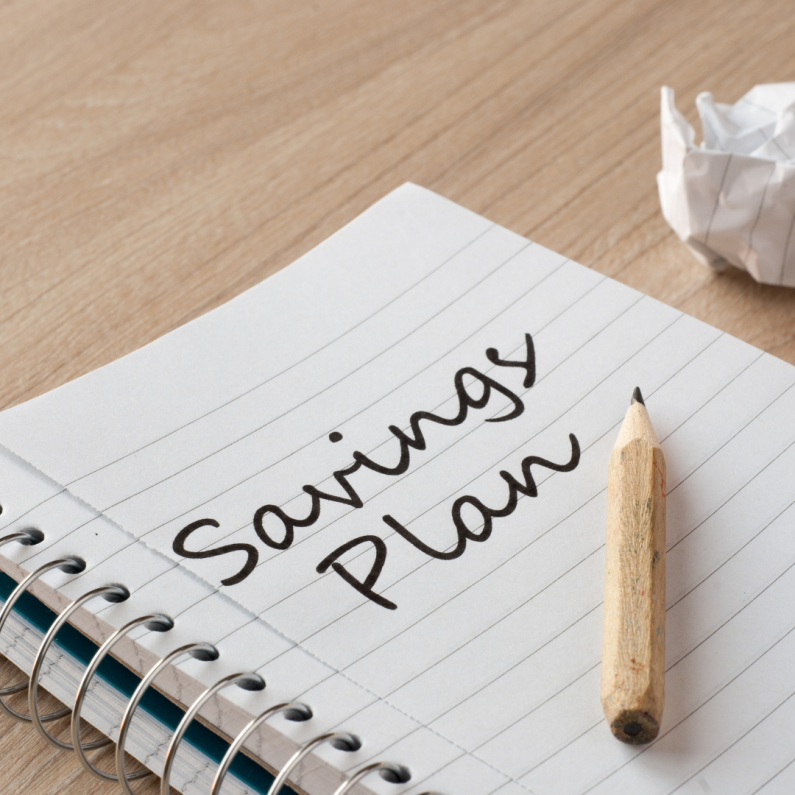Our budget is the first thing to get cut when times are tough for most of us. But it is important to remember that a budget is different from shrinking your spending; it is simply a method of keeping track of where your money goes. It is also easier than you think to create a realistic savings plan, and there are several steps you can take to help you get started.
The amount you save depends on your spending habits and the debts you have. This means that if you put enough thought into it, you could create an elaborate savings plan whether you’re making $80,000 a year or $24,000.
Alternatively, you might approach a professional who can provide you personalised advice to manage finances. These are the people with expertise in this field who do not have any institutional ties, thereby providing unbiased advice. Accordingly, you may consult an independent financial advisor hong kong or similar others nearby who can give you effective strategies to save money by usually operating on a fee-only model. Additionally, here is a basic outline for creating a real savings plan on your own, along with a few tips and tricks for increasing your savings.
If you don’t want to consult an advisor, here is a basic outline for creating a real savings plan, along with a few tips and tricks for increasing your savings.
Evaluating Your Expenses
The first step to creating a realistic savings plan is evaluating your current expenses. Look at where you are spending your money and see if there are any areas where you can cut back. For example, if you are spending a lot on dining out, you may want to cut back on eating out only once a week.
Creating a Budget
You must make a budget after you have assessed your expenses. Either create your own budget or sign up for a budget plan offered by businesses like Romeo’s Fuel (https://www.romeosfuel.com/). Simply put, a budget is a plan for your financial spending. Make sure to include all your necessary expenses when preparing a budget, such as rent, food, oil expenses, and transportation. You should also budget for unforeseen costs by including a buffer. This can make it easier for you to see everything organized and ready for you to follow.
Making a Savings Plan
After creating a budget, you can start making a savings plan. Begin by setting a goal for how much you want to save each month. Once you have set a goal, you will need to figure out how you will reach it. This savings plan will help you in the long run and keep you aware of what you have and where you need to put it when money comes in.
Automating Your Finances
One of the best ways to save money is automating your finances. This way, you will likely have a reduced amount of opportunity just to spend money on an impulse. There are a few different ways to automate your finances, such as setting up automatic transfers to your savings account and paying your bills online. This can be great for your important bills that need to be paid on time, e.g., rent, utilities, car payments, and so on.
Investing Your Savings
Investing in your savings is another great way to reach your financial goals. When you invest your money, you are essentially putting your money into something that has the potential to grow over time. There are a few different ways to invest your money, such as stocks, bonds, and mutual funds.
Staying Disciplined with Your Spending Habits
Once you have set up a budget and created a savings plan, it is important to stay disciplined with your spending habits. This means that you need to be mindful of your spending and ensure you are not overspending. One way to stay disciplined is to track your spending patterns and make adjustments as needed.
Monitoring Your Progress
The last step to creating a realistic savings plan is monitoring your progress. This means that you need to keep track of your savings and make sure that you are on track to reach your goals. You can monitor your progress by setting up a budget and tracking your spending.
Making adjustments to Your Plan
You may need to adjust as you progress with your savings plan. This could include increasing your savings goal, changing the way you save money, or adjusting your budget. Adjusting your plan is a normal part of the process and will help you reach your financial goals. Finances change constantly, so adjustments are a natural process.
Following this short guide can help you increase your savings plan. Remember that this is just a guide; it depends on you whether you incorporate it or not in creating your realistic savings plan!

